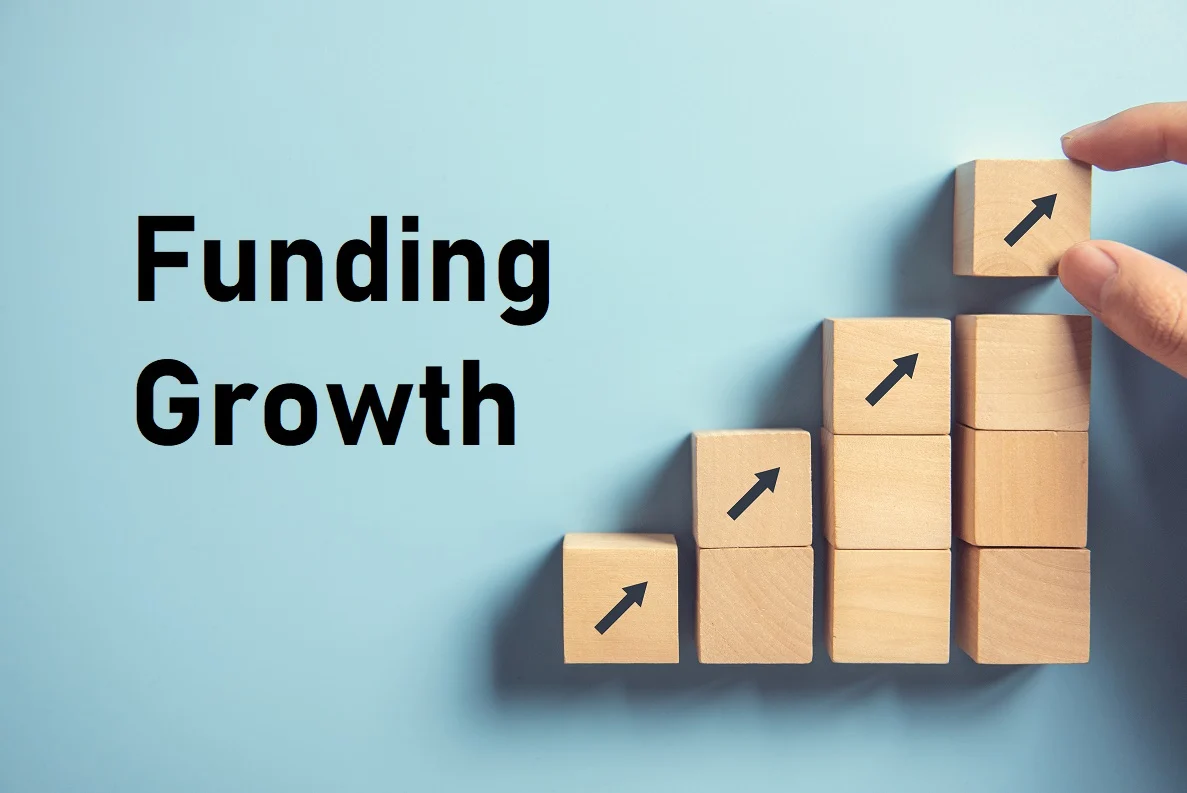Achieving financial wellness is not just about having money; it’s about making informed decisions, managing resources effectively, and securing your financial future. In this comprehensive guide, we’ll explore the key components of financial wellness, offering practical tips and insights to help you take control of your finances, build wealth, and achieve your financial goals.
Understanding Financial Wellness
Financial wellness encompasses various aspects of your financial life, including:
- Budgeting: Creating a budget to track income and expenses.
- Saving: Building an emergency fund and saving for short-term and long-term goals.
- Investing: Making informed investment decisions to grow your wealth.
- Debt Management: Reducing and managing debt effectively.
- Retirement Planning: Preparing for a financially secure retirement.
Creating a Budget
A budget is the foundation of financial wellness. Follow these steps to create a budget:
- Income Assessment: Calculate your monthly income from all sources.
- Expense Tracking: List all your monthly expenses, including fixed and variable costs.
- Set Financial Goals: Establish short-term and long-term financial goals.
- Allocate Funds: Allocate a portion of your income to each expense category and savings goals.
- Review and Adjust: Regularly review your budget and make adjustments as needed.
Saving and Emergency Funds
Financial wellness involves building savings to cover unexpected expenses and achieve financial goals. Here’s how:
- Emergency Fund: Aim to save three to six months’ worth of living expenses in an easily accessible account.
- Automate Savings: Set up automatic transfers to savings accounts to ensure consistent saving.
- Goal-Oriented Savings: Create separate savings accounts for specific goals, such as a vacation or a down payment on a home.
Investing for Growth
Investing is a key element of financial wellness, helping you build wealth over time. Consider these investment strategies:
- Diversification: Spread investments across different asset classes to reduce risk.
- Long-Term Perspective: Invest with a long-term horizon to benefit from compounding returns.
- Professional Advice: Consider consulting a financial advisor for personalized investment guidance.
Managing Debt
Effective debt management is essential for financial wellness:
- Debt Assessment: Understand your outstanding debts, including interest rates and terms.
- Debt Repayment Plan: Develop a debt repayment strategy, prioritizing high-interest debts.
- Budgeting for Debt: Allocate a portion of your budget to debt repayment.
Retirement Planning
Securing your financial future includes planning for retirement:
- 401(k) or IRA: Contribute to retirement accounts like a 401(k) or Individual Retirement Account (IRA).
- Employer Matching: Take advantage of employer matches in retirement plans.
- Diversify Retirement Investments: Ensure a mix of assets in your retirement portfolio.
Review and Adjust Regularly
Financial wellness is an ongoing journey. Regularly review your budget, savings, investments, and debt to make necessary adjustments.
Seek Professional Guidance
Consider consulting with a financial advisor or planner to create a personalized financial plan tailored to your goals and circumstances.
Conclusion
Financial wellness is about taking control of your finances, making informed decisions, and securing your financial future. By following the principles outlined in this guide, you can achieve financial wellness, build wealth, and work towards your financial goals. Remember that financial success is a journey, and with dedication and smart financial choices, you can enjoy a financially secure and fulfilling life.



